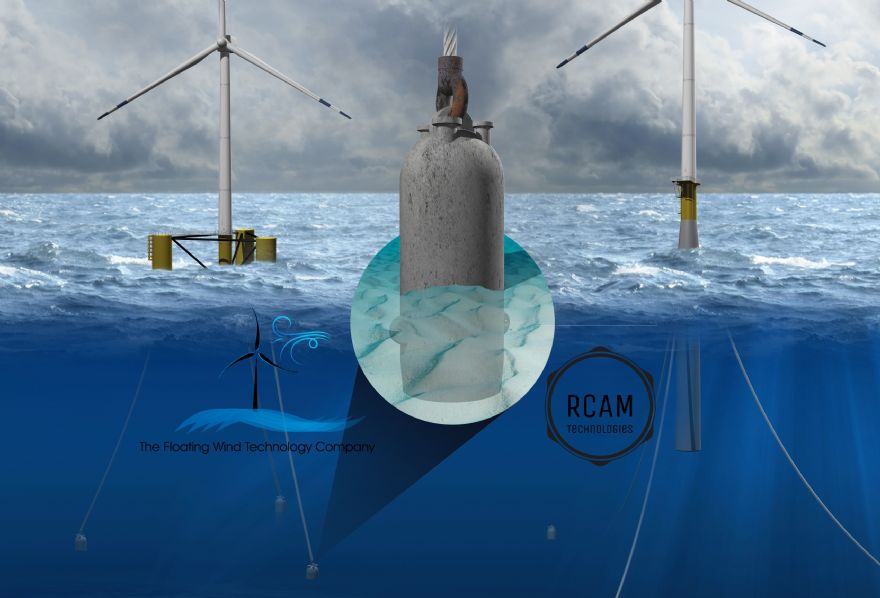
Wind off the coast of the USA could be used to generate more than double the combined electricity capacity of all the nation’s electric power plants, recent reports have suggested, but building wind turbines offshore is expensive, requiring parts to be shipped at least 30 miles to offshore wind farms.
Purdue University engineers are conducting research on a way to make these parts out of 3-D printed concrete, a less expensive material that would also enable parts to be floated to a destination from an on-shore manufacturing plant.
Pablo Zavattieri, a professor in Purdue’s Lyles School of Civil Engineering, said: “One of the current materials used to manufacture anchors for floating wind turbines is steel. However, finished steel structures are much more expensive than concrete.”
Conventional concrete manufacturing methods also require a mould to shape the concrete into the desired structure, which adds to costs and limits design possibilities. 3-D printing would eliminate the expenses of this mould.
The researchers are working in collaboration with RCAM Technologies, a start-up founded to develop concrete additive manufacturing for onshore and offshore wind energy technology, and the Floating Wind Technology Company (FWTC). RCAM Technologies and the FWTC have an interest in building 3D-printed concrete structures including wind turbine towers and anchors.
Jason Cotrell, CEO of RCAM Technologies, said: “Purdue’s world-class capabilities and facilities will help us develop these products for offshore products for the US Great Lakes, coastal and international markets. Our industry also needs universities such as Purdue to provide the top-quality university students for our workforce needs for these cutting-edge technologies.”
The team is developing a method that would involve integrating a robot arm with a concrete pump to fabricate wind turbine sub-structures and anchors. This project is a continuation of the team’s research on 3-D printing cement-based materials into bio-inspired designs, such as ones that use structures mimicking the ability of an arthropod shell to withstand pressure.
The group’s current research involves scaling up its 3-D printing by formulating a special concrete – using a mixture of cement, sand and aggregates, and chemical admixtures to control shape stability when concrete is still in a fresh state.
Jeffrey Youngblood, a Purdue professor of materials engineering, said: “Offshore wind power is a nearly perfect platform for testing 3-D printing. The goal is to understand the feasibility and structural behaviour of 3D-printed concrete produced on a larger scale than what the team has previously studied in the laboratory.
Jan Olek, Purdue’s James H. and Carol H. Cure Professor of Civil Engineering, said: “Printing geometric patterns within the structure and being able to arrange the filaments through or playing around with distribution of the steel are both possibilities we have considered for optimising and reinforcing the structures.”
The work is funded by the National Science Foundation INTERN programme.